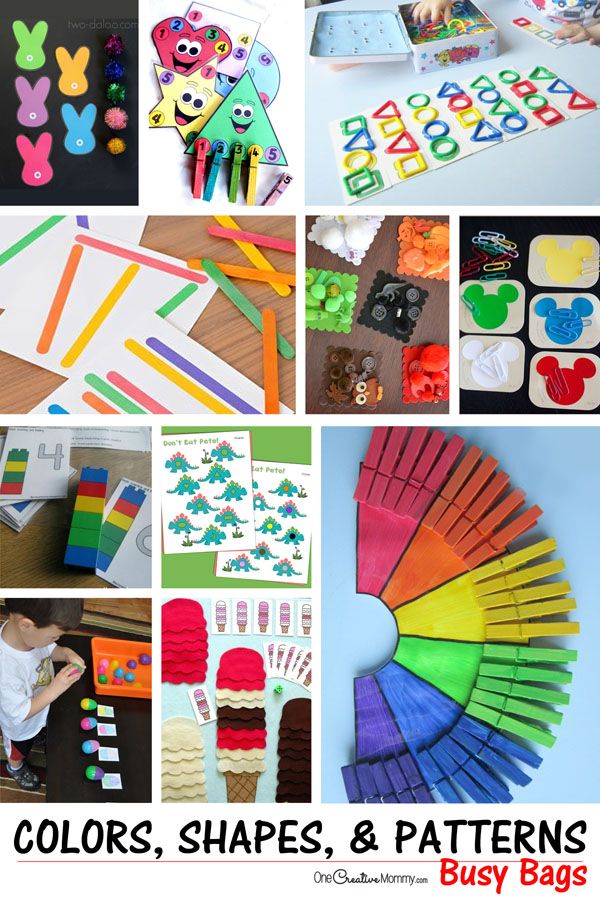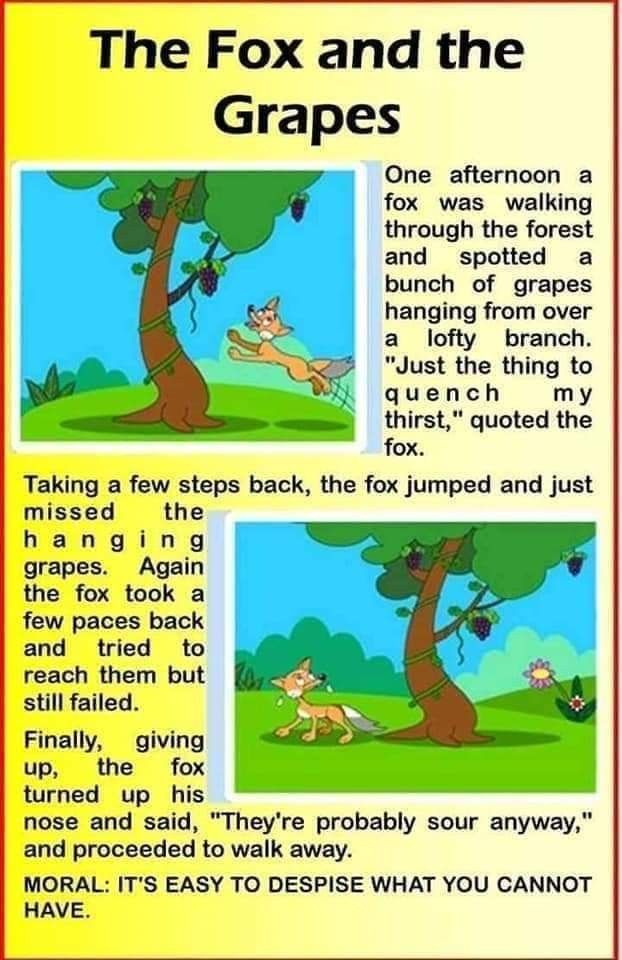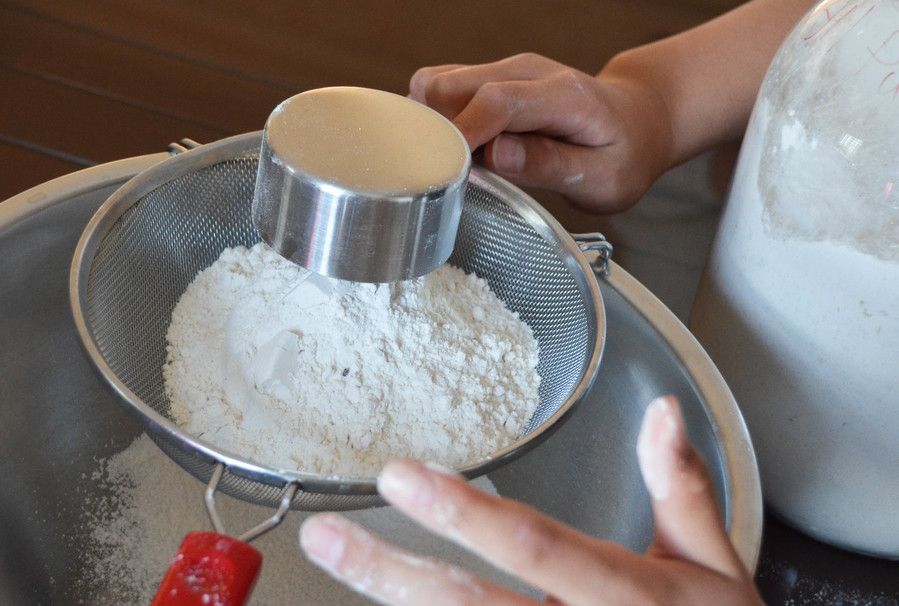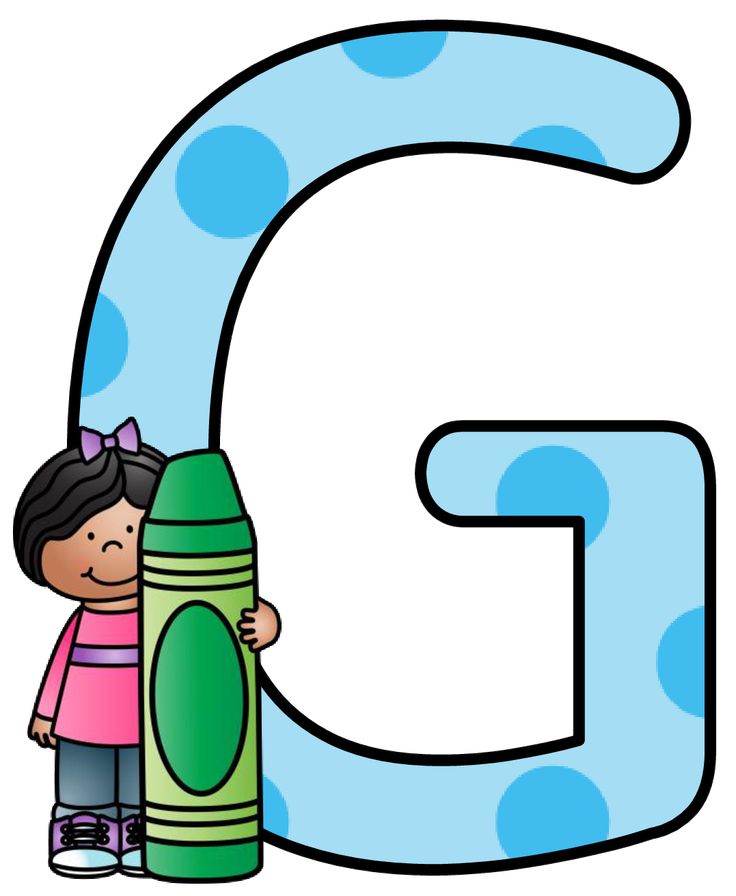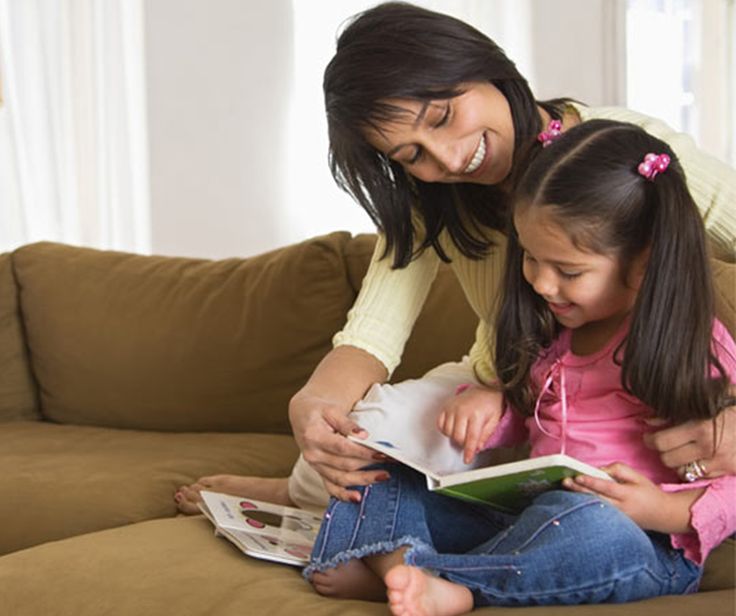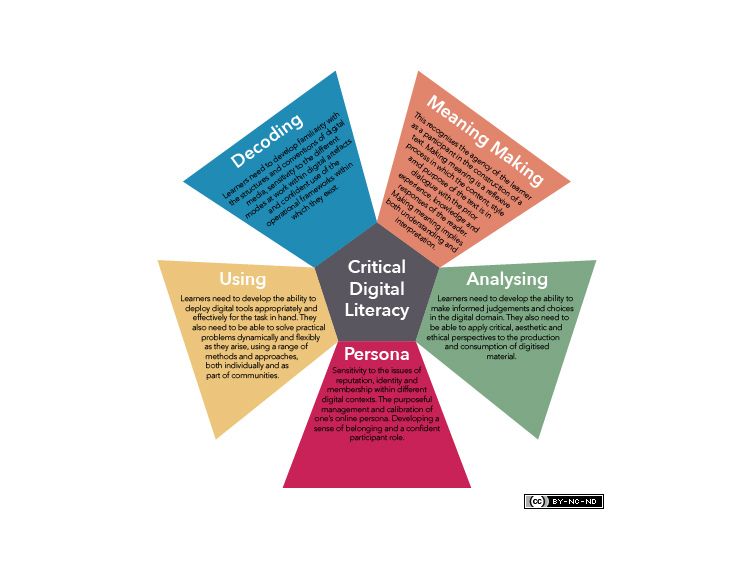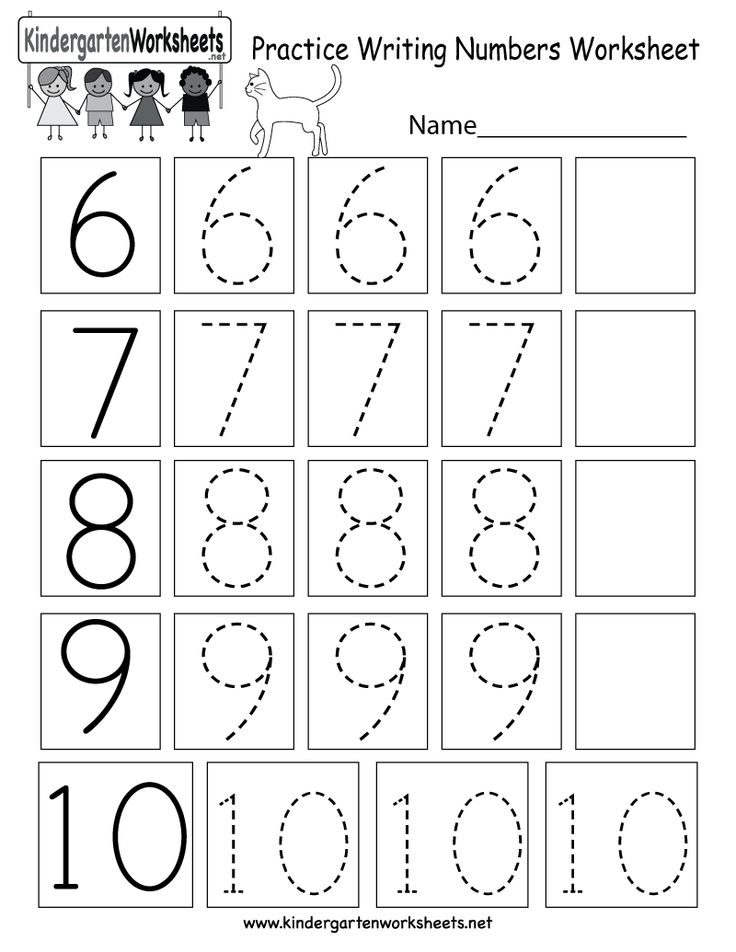Patterns ideas for preschool
20 Hands-On Pattern Activities for Preschoolers
- Share
Here are some pattern activities for preschoolers to help you teach the concept in class or at home in a simple, fun and hands-on way.
Why are Patterns Important for Preschoolers?
Learning about patterns is an important early maths skill.
Kids start off learning about patterns in the environment or identifying them with colours and shapes.
With maturity they are able to spot the patterns when, for example, skip counting in threes, adding or learning multiplication.
Later on, they learn complex mathematical patterns.
Patterns are also found in literacy.
Words and letters are made up of patterns – both in the shapes that make them up, and in the sounds they form (such as rhyming patterns).
From around the age of four, the first patterns start emerging in children’s drawings (see the stages of drawing).
How Do You Teach Patterns to Preschoolers?
There are many ways to introduce the concept of patterns to preschoolers, but the best way is through hands-on experiences and play.
To learn about patterns, children must first be able to analyse the information, make sense of it, identify the pattern and then continue it or re-create it.
Concrete Experiences
Before introducing patterning worksheets children needs lots of concrete experiences to fully grasp the concept.
The best way for them to learn patterns – and many other concepts – is through a concrete-pictorial-abstract approach.
They are first able to understand a pattern by manipulating physical objects (such as blocks), then by looking at a picture of a pattern (such as shapes).
Lastly, they learn to grasp abstract patterns – such as completing a number pattern.
Preschoolers are mostly in the concrete phase so they will do best with hands-on activities.
The concrete-pictorial-abstract approach is actually a great way to teach maths to kids.
Patterns in the Environment
The first patterns children see are in their environment – a pattern on an item of clothing, patterns on a leaf or a pattern on the floor tile.
Point these out whenever you see them, explaining what the pattern is.
Familiar Patterns
Kids then learn about patterns using familiar concepts such as shape, colour, size, texture, attributes, etc.
Later they can see patterns in numbers and words.
Patterns Follow a Rule
Teach kids that patterns follow a rule and that they repeat – for example, the zebra has a black stripe, then a white stripe, then the set repeats.
Ways to Make Patterns
When first introducing patterns or asking children to follow them, start with a simple rule in the A/B pattern, such as one red block, one blue block, etc.
Also, use only one property – such as a pattern of colour, size, shape, etc.
Later, you can use more complex patterns (such as A/B/C or A/A/B) and mix properties together (such as colour and shape).
Skills That Help Teach Patterning
Cognitive skills like matching, sorting and sequencing will help your child to grasp and develop patterning skills.
When a child matches items by their properties – such as matching socks according to colour and size – they learn that things have various characteristics and can be grouped and sorted in various ways.
Get kids to sort and categorize during play or make chores fun by turning them into a game.
20 Simple Pattern Activities for Preschoolers
Here are a few simple, hands-on patterning activities. Don’t forget to do the last five crucial activities that will help set the foundation for learning patterns.
1. Make a Train
For a life-size experience with a pattern, get kids to make a chair train using chairs in two different colours (red chair, blue chair, red chair, blue chair, etc.)
They can then sit on the train and pretend to go for a ride.
Or, make a train with the kids themselves. Try a pattern of boy/girl, blonde/brunette or whatever else you can think of.
Get them to place themselves into a line following the rule of the pattern – one boy, then one girl, then repeat.
2. Block Patterns
The simplest pattern activity can be done with a set of blocks.
Build the beginning of the pattern and ask kids to continue it. Challenge them to tell you what the rule is (one red block, two yellow blocks, repeat).
Start with a simple A/B pattern and then change it up – A/A/B, A/B/C, A/B/B, etc.
Also, change the properties. Make a block pattern with colours, then different shapes (cube, rectangular, prism, etc.) or sizes (big block, little block, etc.)
Here are more ways to learn about colours.
3. Shape Patterns
The pattern activity above can also be done with plastic/wooden shapes or even paper cut-outs.
Try these shape recognition activities too.
4. Paper Plate Patterns
Using a simple paper plate and pegs in different colours, get children to place the pegs around the plate, in a particular pattern.
You could also paint the pattern onto the plate by making strokes of the pattern around the edges, and then get the kids to match the pegs and follow the pattern around the plate.
5. Cereal Bracelet
Use cereal loops (or something else that’s fun and edible) and thread them onto a string in a pattern sequence (start with just two colours for young children).
Kids can nibble them through the day once they’ve completed them and tied them to their wrists.
6. Beads
Beads can be used in multiple ways to make patterns.
- Follow a simple pattern and thread beads onto string, shoe laces or pipe cleaners
- Make a pattern necklace
- Get out some paper or poster board and liquid glue and make a pattern by sticking the beads in a line
7. Buttons
Buttons are also versatile items that can be used in so many educational ways.
Make simple patterns such as:
- Red button, yellow button, repeat
- Big button, small button, repeat
- Round button, square button, repeat
And for older children:
- Red button, blue button, pink button, repeat
- Two red buttons, 1 yellow button, repeat
- Two big buttons, one small button, repeat
Older preschoolers can also thread buttons to make a necklace.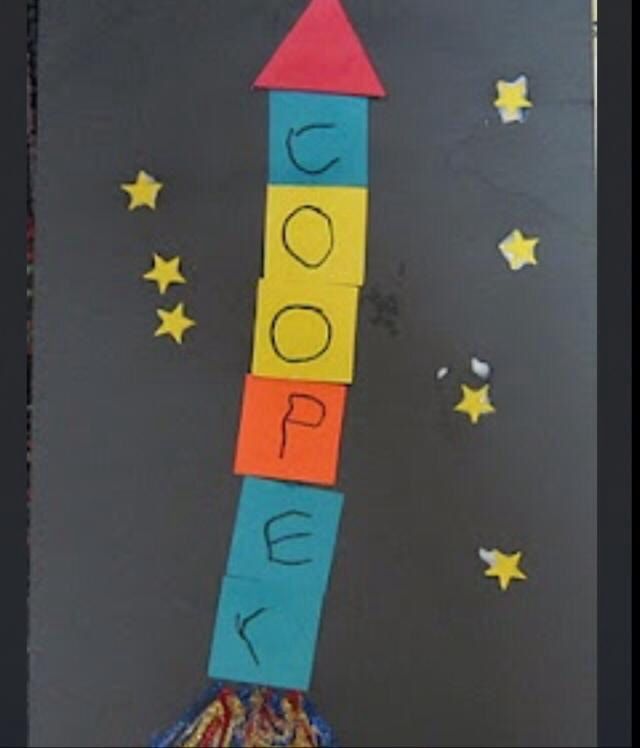
Here are 17 awesome button activities for preschoolers.
8. Macaroni Necklace
As a variation on making a bead or button necklace, make a necklace using dried macaroni.
Follow a pattern based on the shape or size/length of the macaroni, or paint them in different colours before threading them in a pattern.
9. Clapping Patterns
Play a game of listening to the pattern.
Clap out a simple sequence and get kids to copy it by clapping it back to you.
Here are some examples:
- clap – – clap – – clap
- clap – – clap-clap – – clap
- clap-clap – – clap
Vary the pace and number of claps.
10. Clapping Games
Playing traditional clapping games is a great way to learn patterns naturally.
Some of them are quite challenging so teach younger preschoolers simpler clapping sequences.
11. Paper Tearing
Make quick and easy patterns when first introducing the concept by giving kids sheets of paper in two colours and getting them to tear strips and to place them in a pattern.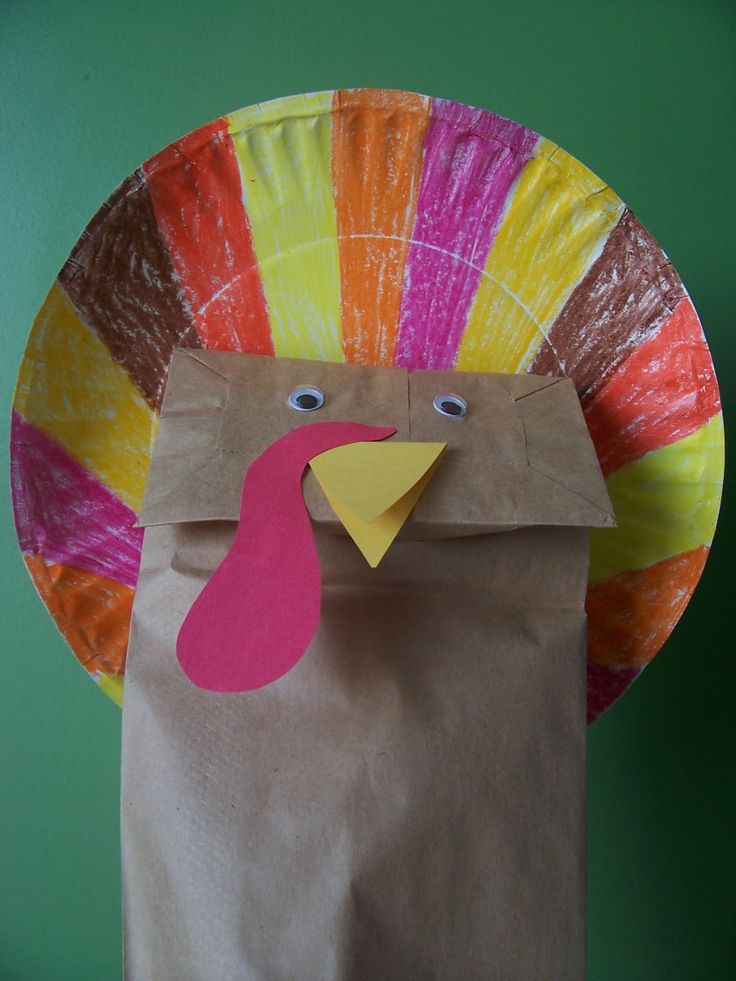
Not only will they learn the concept but they will get fine motor practice from this tearing activity.
12. Plastic Cups
Provide plastic cups in different colours and then make patterns with them.
Or, create a pattern based on the material of the cups – plastic cup, paper cup, repeat.
13. Nature Patterns
Go outdoors and collect natural materials – twigs, fallen flowers and leaves, etc.
Start a simple pattern – such as leaf, flower, leaf, flower – and get kids to identify and follow the pattern.
Take it a step further and glue the items onto paper to make a pattern collage.
14. Baking
Next time you do some baking – also a highly educational activity – introduce patterns into it.
Make stripes of icing on your cupcakes with different colours or make patterns with the decorations.
15. Movement Patterns
Play a game where kids follow a pattern of movements that you demonstrate.
They can then continue the pattern and try to make up some movement sequences of their own.
Here are two examples:
- Clap, click, turn around, repeat
- Jump, nod and put your hands up
This takes a lot of coordination and concentration and will help teach kids to feel the pattern and experience it at the level of their whole body.
Use games like Simon Says to build patterns in.
16. Spot Patterns in the Environment
Make sure you notice and point out patterns in the environment – they are everywhere.
Find them on clothes, on the patio outside, on your pet cat and on stripy leaves.
You could even go on a pattern-finding walk and challenge kids to spot patterns around you.
17. Songs and Rhymes
While this may seem like an odd choice for a patterning activity, singing songs and reciting poems and rhymes is a great way for a child to become familiar with sound patterns.
They learn about rhythm, rhyme, syllables (beats in a word), stress patterns in a song, alliteration, etc.
Nonsense rhymes are wonderful for learning rhyming patterns.
This post contains affiliate links for educational products that I personally recommend. If you purchase through one of them, I earn a commission at no extra cost to you. Read the terms and conditions for more details.
18. Stories
Children can also learn about patterns through listening to stories.
The Julia Donaldson books are filled with patterns – think What the Ladybird Heard, The Paper Dolls or The Gruffalo.
The scenes follow set patterns and there is a lot of repetition, which makes it easy for children to follow along and predict what’s coming.
Children learn through these types of stories that there is a sequence of events and they start to pick up on the pattern of the particular story.
More examples of popular stories that follow patterns are The Three Little Pigs and Goldilocks and the Three Bears.
19. Sorting Socks
This may sound overly basic but when your kids are toddlers, get them to find the matching pairs of socks, or sort the laundry into piles.
While you’re at it, clean out and sort the cutlery drawer, sort toys onto the shelf and do any other chores that double as educational activities.
These will also develop your child’s ability to spot patterns in things and learn that objects have different qualities:
- These socks are large and those are tiny.
- This sock has red spots so it doesn’t match the one that has blue spots.
- This top has white and pink stripes.
20. Puzzles
Puzzles are excellent for developing a child’s visual perception, which is an important skill for reading.
Visual perception can be developed through play activities and helps children identify and understand patterns.
Want your own set of printable puzzles? Download them below!
Get FREE access to Printable Puzzles, Stories, Activity Packs and more!
Join Empowered Parents + and you’ll receive a downloadable set of printable puzzles, games and short stories, as well as the Learning Through Play Activity Pack which includes an entire year of activities for 3 to 6-year-olds.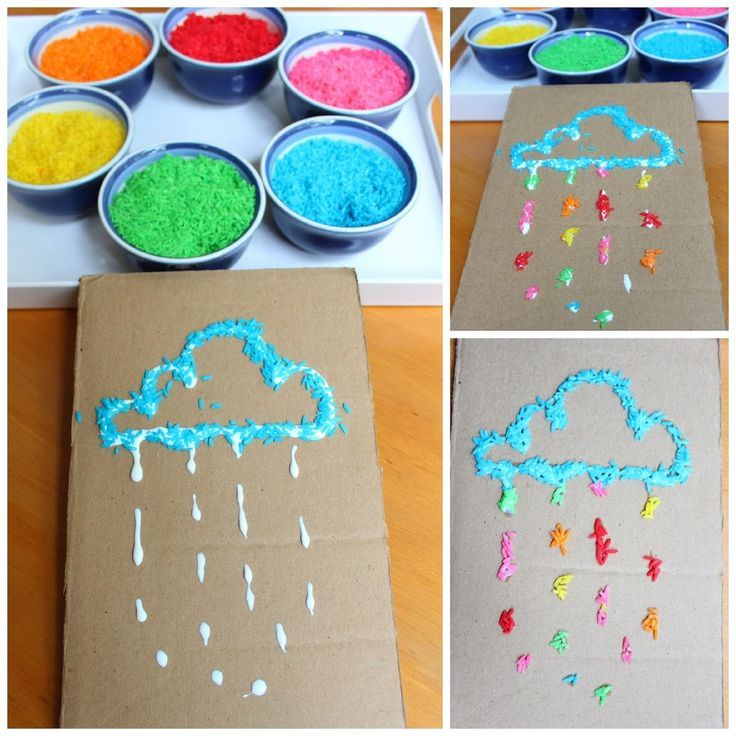
Access is free forever.
Signing up for a free Grow account is fast and easy and will allow you to bookmark articles to read later, on this website as well as many websites worldwide that use Grow.
- Share
Awesome Pattern Activities for Preschoolers
ElementaryKindergartenPreschoolMath
This post may contain affiliate links. For more information, please see my full disclosure policy.
Recognizing and completing patterns is a fundamental part of learning basic math skills for preschoolers.
From patterns, children learn to make connections, make predictions, and set the foundation they’ll need in the future to understand patterns that are found in numbers, equations, more advanced math concepts and even those in their daily lives.
Like any other skill, pattern skills will take time and practice to master. Fortunately, there are tons of fun ideas available online for teaching patterns covering everything from simple to more complex patterns and today, I’ve pulled together a list of some of our favorite simple pattern activities for preschoolers!
PinPenguin Patterns File Folder Game
This file folder pattern activity for preschoolers uses penguins in a variety of shapes so that your preschooler can practice identifying the next shape in the pattern.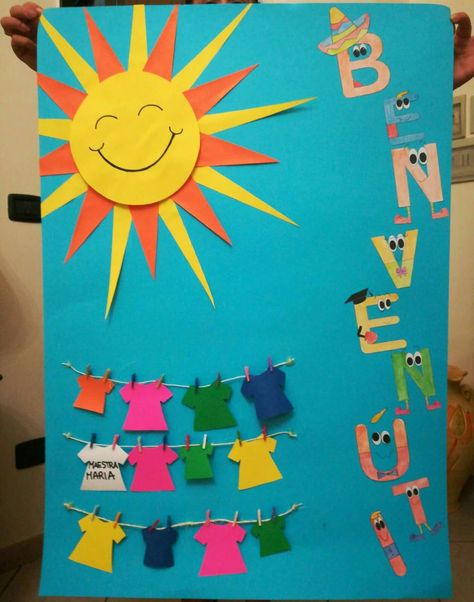 A super cute file folder pattern activity that your child or students will love.
A super cute file folder pattern activity that your child or students will love.
Robot Pattern Cards
Does your toddler love robots? If so, then this robot pattern activity might pique their interest to learn about patterns and shapes. You can have them tell you the names, colors, and shapes that they see in addition to what shape should come next in the pattern.
Goldfish Cracker Patterns
Learning is always more fun when you get to eat some of your work at the end of it, especially for young children. These 20 goldfish cracker patterns will keep your toddler learning all about patterns as well as full from a snack. Not only will your toddler learn about patterns with this pattern activity for preschoolers they can also learn to recognize the type of pattern that it is. (ABB patterns, ABC patterns, etc.)
Pattern Snakes
Pattern snakes are an easy pattern activity that you can set up for your toddler at home. All you need is paper and stickers for this easy repeating pattern activity. Simply start a pattern for your toddler with stickers and help them determine what comes next.
Simply start a pattern for your toddler with stickers and help them determine what comes next.
Dot Marker Patterns
Toddlers and preschoolers love any activity that involves bingo dot markers and this do-a-dot pattern activity is no different. This is an easy way to teach your toddler about repeating patterns. Simply print out the pattern cards and then provide your students with some dot makers so that they can copy and continue the patterns on the cards.
Digital Spring Bug Patterns
This Spring themed activity is digital and features some really cute insects. Your toddler will look at the pattern and circle or click on the bug slide that should come next. The game comes with instant feedback so that your preschooler will know if they were correct or if they should try again.
Bear Counter Pattern Strips
Does your toddler love playing with counting bears? Then you might want to print out this cute counting bear pattern activity for preschoolers that uses them.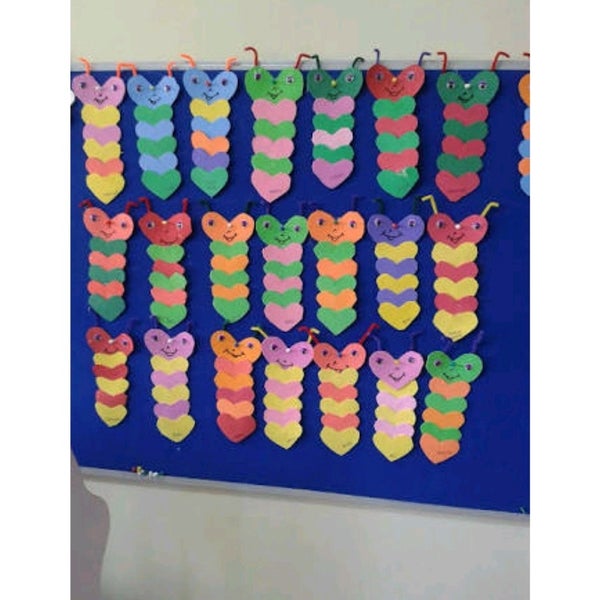 Simply print the pattern strips and let your students use their counting bears to match and complete the pattern. Don’t worry if you don’t have counting bears, there is a printable worksheet of them or you could use whatever you might have on hand like stickers or small colorful candy pieces.
Simply print the pattern strips and let your students use their counting bears to match and complete the pattern. Don’t worry if you don’t have counting bears, there is a printable worksheet of them or you could use whatever you might have on hand like stickers or small colorful candy pieces.
Popsicle Stick Patterns
This Popsicle Stick pattern activity is easy to set up and easy to take with you as a busy bag activity on the go. Just print out the popsicle pattern cards, laminate them, and let your students use different colors of Popsicle Sticks to continue the patterns.
Pattern Activities for Preschoolers & Kindergarteners
This site offers several different pattern activities for preschoolers that you can do with your children at home and on the go. Here you will find pattern snakes, snack patterns, Lego patterns, dot patterns, clapping patterns, and even music patterns.
Jack and the Beanstalk Printable Pattern Pieces
These Jack and the Beanstalk printable pattern pieces make it easy to tie story time in with introducing or practicing pattern concepts and are absolutely perfect for your math center. Your students will love making repeating patterns with these adorable characters.
Your students will love making repeating patterns with these adorable characters.
Egg Carton Patterns
Egg cartons are a fantastic container to hold whatever items your students are using to make their patterns. Here you will find ideas for making patterns with beads and Legos as well as some ideas for more challenging patterns for older children. Don’t have any egg cartons right now? An ice cube tray makes a fantastic substitute!
Pirate Patterns
Does your little one like pirates? If so, then this cut and paste pirate pattern should be a fun and educational pattern activity for them. You can also laminate these activities and use them in a center or a busy bag.
LEGO Pattern Cards
Chances are, if you are a parent or a teacher, you have some LEGOs in your life. This simple pattern activity for preschoolers uses LEGO blocks and printable pattern cards so that they can recreate the pattern.
Truck Pattern Cards
This printable truck pattern card activity is perfect for young learners first discovering patterns all the way up to kindergartners who may already know a thing or two about patterns.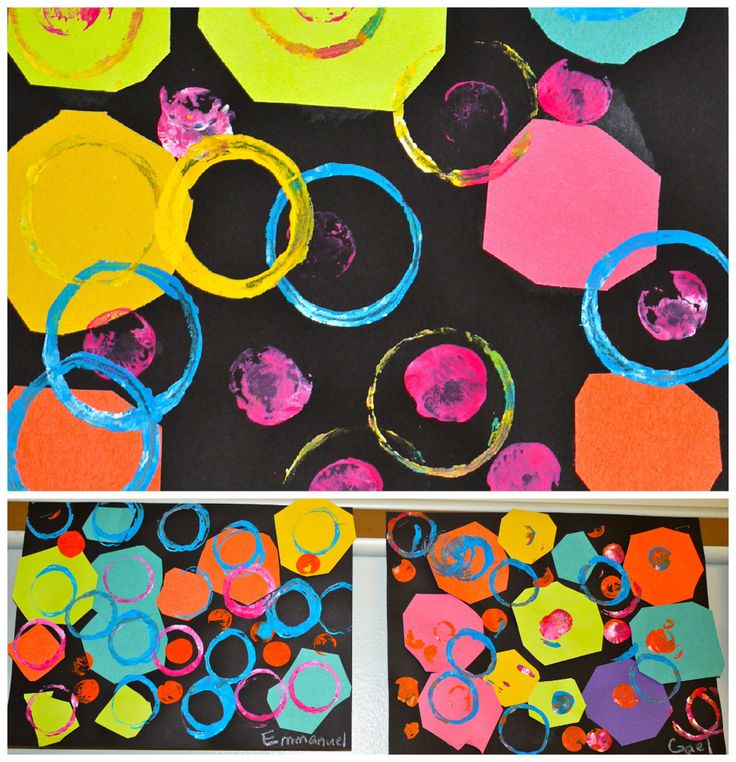 Print them out, cut out the trucks (or let your preschoolers do it), and let the learning begin!
Print them out, cut out the trucks (or let your preschoolers do it), and let the learning begin!
Cut and Paste Patterns
There’s nothing better than an activity that works on multiple skills and concepts at the same time. Cut and paste activities are such an easy way to work on those fine motor skills, but they can also be perfect for working on patterns! This particular cut and paste pattern activity includes four different themes to choose from: shapes, fruit, school supplies, and zoo animals, and they’ll all require your preschoolers to exercise those small motor muscles while they try their hands at building patterns.
Apple Patterns with Pom Poms
If you’re currently working on teaching your preschoolers the first letter of the alphabet or working your way through an apple theme unit, this activity is the perfect companion for your math center.
Simply print out the apple pattern strips, grab some pom poms, and have your students finish the patterns with the correct colors.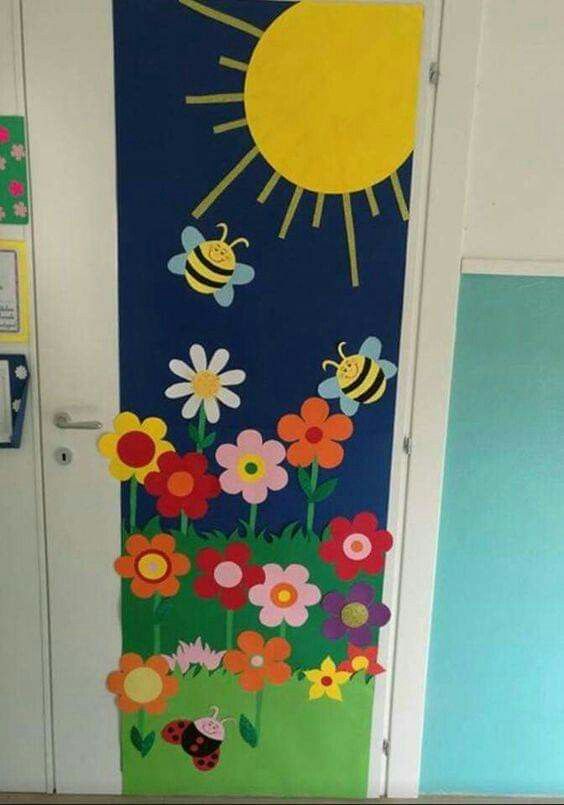
AB Kite Patterns
This kite pattern activity is perfect for Spring and can fit into so many different theme units! Whether you’re learning about the Spring season, the weather, or even the wind specifically, kites make a perfect manipulative and with this particular activity, your students will have both worksheets and tactile learning options.
Flower Patterning
This pattern activity is also a fantastic sensory experience! You’ll need both artificial flowers and some homemade playdough. With these two items, your preschoolers will not only work on patterns, they’ll also try their hand at being gardeners as they “plant” their flowers in various configurations.
Pattern Towers
Building towers with patterns is a fantastic way to work on this essential math skill and there are so many ways to do it!
Whether you’re using colored wooden blocks, LEGOs, or even straws for an added fine motor workout, those students of yours that love to build will have a blast with this one!
Patterned Caterpillar Craft
This adorable pattern idea combines a lesson about patterns with art! Let your students create their own patterned caterpillar craft and then use them to decorate the walls of your classroom for Spring!
M&M Pattern Cards
Everything is more fun with a snack, especially math! Your students will love learning all about patterns by using M&Ms to recreate them on these printable pattern worksheets.
PATTERNS by cells (100 options for children)
Good day to all teachers and children of preschool and primary school age - for you I upload a collection of beautiful patterns for drawing by cells. In the older group of the kindergarten, the teacher is working on the formation of the skills to properly hold the writing instrument, the children hone their calligraphy skills on simulators-patterns in checkered notebooks. My mission for today is to help teachers find beautiful and unusual patterns for children to draw. There will be easy patterns for preschoolers and more complex patterns for schoolchildren. Beautiful, unusual ornaments that can be repeated with a simple pen or colored pencils. These are tasks for fine motor skills, for attentiveness, logic and eye. This is a great way to debug the interaction of the toolkit in the eye-hand system as a single mechanism. This is a great way to prepare the mind and hand for future school activities.
So, let's see what interesting patterns by cells for children you can put in your teacher's piggy bank today.
Easy checkered pattern
For beginner preschoolers.
At the age of 5-6, the teacher gives the children feasible graphic tasks - draw according to the model, repeat the pattern, continue the ornament, lay out a series of ready-made elements. All this practice is gradually becoming more complicated, overgrown with intricate details and additional elements.
At first, the child should be given quite simple tasks - so that he just gets used to THIS KIND OF ACTIVITY - just as a kind of task.
Here are some pictures with light checkered patterns for young children.
It's best to start with the classics. One line, it is continuous and curves like a snake. And here are two types of bends of this line - uniform and with downward lunges.
And the next step is when an element is added to the snake (later) as an additional drawing with a different pencil color (the third and fourth pattern in the picture below).
Then show the child how TWO LINES can meet with teeth (patterns below) and form a pattern of a chain of diamonds… or a chain of rectangles. An excellent smooth way to transition to voluminous filled figures by cells.
The next stage is THICK PATTERNS when the drawn element is no longer a narrow thin line, but thick in the width of the cell. Here you can easily come up with your own options, or use the suggested patterns in the cells in the picture below.
If the child did well with the plus signs, give him the next step - pointed pluses (similar to the blue-blue patterns on the cells below) - but so far in one color and without crossing lines in the center.
Preschoolers master the ladder well - this cheerful element serves as a relief task for them. Let the children draw the stairs in different colors. Or draw berries or grains for birds on the steps, and the bird itself on top.
Much later it is worth teaching the child SMOOTH LINES - and here, too, you need to start with light patterns - primitive with very simple graphics.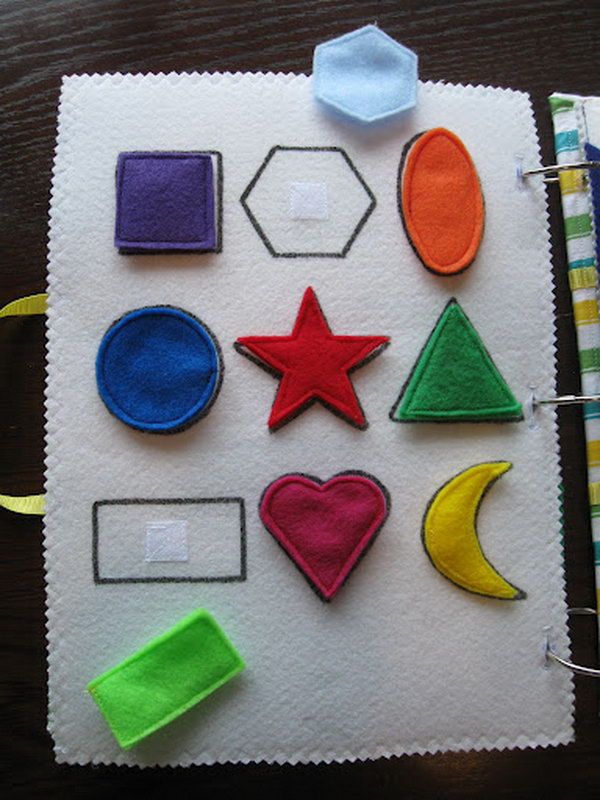 And so that this smoothness is symmetrical on neighboring cells - like a mushroom cap, like a round roof of a house ... then two easy ones for fun and relaxation.
And so that this smoothness is symmetrical on neighboring cells - like a mushroom cap, like a round roof of a house ... then two easy ones for fun and relaxation.
Choose patterns that will be interesting to girls, sweets, ice cream ...
and separately prepare a notebook with patterns for boys, similar to wheels, pump, pump, pump robot, gears, computer games.
Think about what real objects can be beaten in patterns by cells. And show the kids this opportunity. Give them not only a ballpoint pen or a simple pencil, but a pack of colored pencils or crayons to fill in the resulting picture.
Intricate checkered patterns
for children in kindergarten and school.
Talented and well-trained preschoolers in drawing patterns can be entrusted with more complex ornaments in the cells. These can be braided braids or characters with several traced details (birds, snails, crabs).
Patterns with pigtails are well perceived by girls, they quickly memorize the stages of drawing a pattern and do not get confused in the cells and directions of the lines (when to turn the line of the pattern to the right and when to the left).
Here are the elements of the pattern by cells with birds - different options for all types of complication.
And here are pictures for girls - patterns with flowers by cells
Boys really like fish (especially sharks) and snails with crabs.
These can be pictures that take up 5-6 cells wide (as in the photo of patterns below).
And of course all boys love trains. This is a real adventure with various options for drawing or sketching in the options of the educator.
And here is the New Year's theme in patterns on the cells - think about what motifs you can come up with yourself - snowmen, Santa Claus, spruce paws.
Each teacher decides for himself how much to complicate the task with patterns in the cells. We know our children and we see when tasks bring the child pleasure from overcoming and we understand how important it is to carefully calculate the load of this work to overcome the complexity of the task.
The next step in drawing by cells will be the task of drawing large pictures according to the model drawn in the notebook next to the empty space left.
We start with very simple graphics with straight lines.
And gradually depict already large graphic elements
At an older age, you can give children whole tasks on drawing graphic pictures on the cells.
And of course, at preschool age, and in elementary school, children practice writing graphic dictations.
On this topic, I also collected a large beautiful piggy bank of ideas and schemes - in article Graphic dictation (145 silhouettes in cells).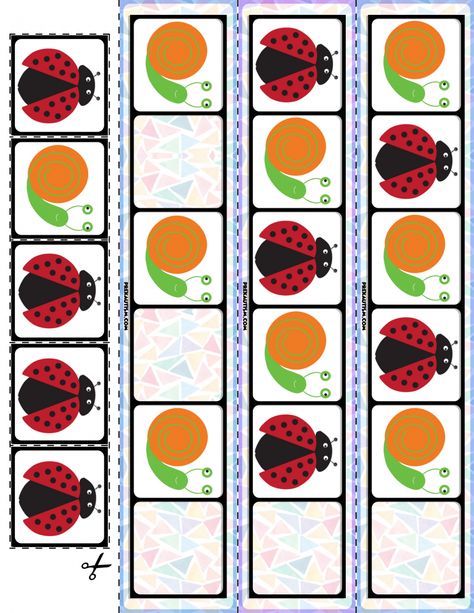
Good luck with your findings and effective techniques.
Olga Klishevskaya, specially for the site Family Bunch.
3018
- Archive
- en
- En
Patterns for preschoolers. Teach success thinking from childhood! Patterns for preschoolers. Teach success thinking from childhood! Patterns for preschoolers. Teach success thinking from childhood!
Read
Watch
5 min read
In our time, childhood is considered a special period of a person's life, a carefree, golden time, a time of curiosity, play and daily discoveries. However, childhood was not always given such importance: for a long time, the child was considered an “underdeveloped” adult. The way children are perceived and raised in a given society is one of the main characteristics of culture as a whole. In this article, we propose to take a closer look at the paintings and ornaments of objects 19– the beginning of the 20th century and find out what activities, values and ideas were associated with childhood in Russia at that time.
The way children are perceived and raised in a given society is one of the main characteristics of culture as a whole. In this article, we propose to take a closer look at the paintings and ornaments of objects 19– the beginning of the 20th century and find out what activities, values and ideas were associated with childhood in Russia at that time.
From birth to the first step under the protection of cradle patterns
The first space that a child mastered was a cradle or cradle (unsteady). Here the newborn was until he took the first confident steps, or until the next baby appeared in the family. In some cases, the child continued to sleep in the bassinet until the age of two or three. In a peasant house, the cradle had a functional meaning: a tightly swaddled child could not fall out, and it was easy for the mother to rock him and do housework. The cradles were suspended from the ceiling, where warm air rose, which protected the baby from drafts and cold. There was also a belief that the unclean force that lived under the floor would not reach the cradle suspended above the floor.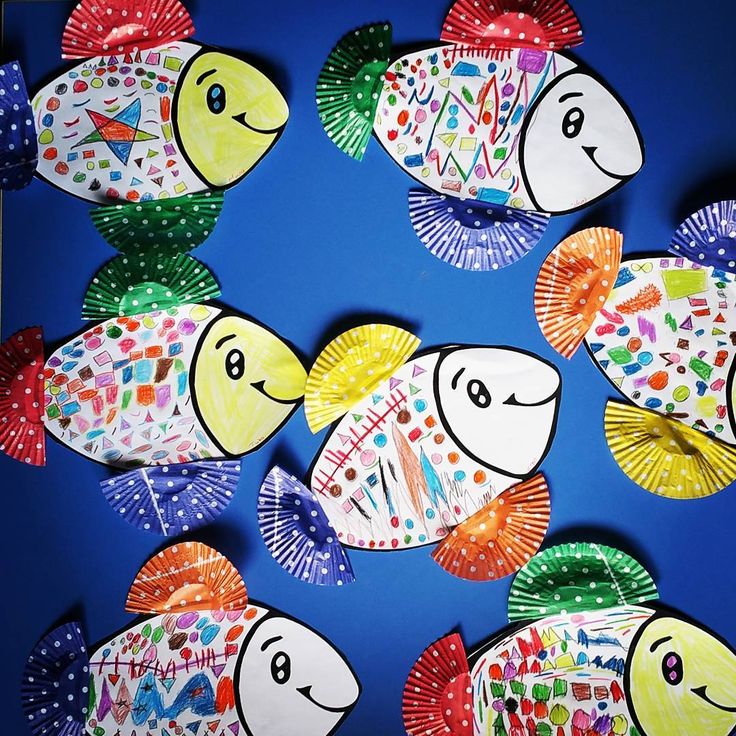 For this purpose, protective ornaments were applied to the sides of the cradle. It was also customary to depict various scenes and important events of human life on the cradle as a wish for the child to grow up strong, kind, hardworking and successful.
For this purpose, protective ornaments were applied to the sides of the cradle. It was also customary to depict various scenes and important events of human life on the cradle as a wish for the child to grow up strong, kind, hardworking and successful.
Two craftsmen worked on a cradle from the Permogorsk volost: one carved it out of wood, the other decorated the walls with bright paintings. The shape and decoration of the cradle show that the wood carver was as talented an artist as the painter; this is confirmed by the proportions of the cradle, beautifully carved edges of the walls, curly knobs decorating the corner posts. The painter, by coloring and drawing, managed to emphasize the sophistication of its form, made the object even more beautiful. The walls are painted on a light background, while the corner posts and the lower edge are painted dark green. The dark coloring looks like a frame for painting the walls, turns each wall of the cradle into an independent picture, emphasizes the lightness and airiness of the floral ornament, the artistry and subtlety of the contour drawing. The drawings are colored in red, green and yellow. Red prevails, which makes the cradle seem especially festive and elegant.
The drawings are colored in red, green and yellow. Red prevails, which makes the cradle seem especially festive and elegant.
The painting is divided into a number of plot scenes, each of them is surrounded by a carpet of green-red flowers and herbs. On the wall near the headboard, the artist depicted a tea party: two people are sitting at a table with a samovar, and next to it is a woman with a child on her lap. On the opposite wall there is a hunting scene: two boys stand near a tree and aim at a bird sitting on top. On one side, it is depicted how the whole family is going somewhere in a cart drawn by a pair of horses, and on the other, a guy with an accordion and girls at work.
Often the content of the painting, as it were, revealed the purpose of the object. On the wall of the cradle, the artist depicted how a newly bathed child is swaddled and put to bed: on a pole (eye) fixed in the ceiling, a cradle hangs, exactly repeating the shape of the object itself in kind.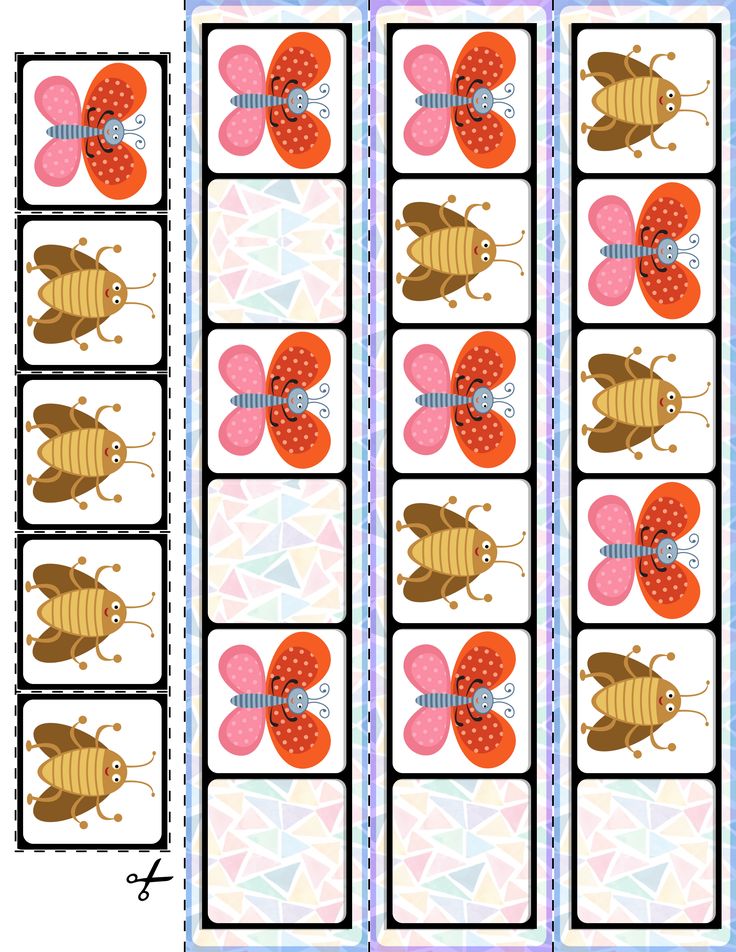 Windows and a shelf with dishes show us that the action takes place inside the hut.
Windows and a shelf with dishes show us that the action takes place inside the hut.
The scene is performed very lively and expressively: spreading her arms, the mother prepared to take the child and put him in the cradle; carefully bent over him, swaddling him, the elder sister. The saying written on the cradle is a parting word to a little person: “This cradle is for a small baby, for falling asleep and for waking up, and so that he grows up and kindly in mind learns to respect the law of God’s parents.”
All outer walls of the cradle are painted with floral ornaments. This cradle was located in an old house, the interior of which was decorated with the same painting. She, apparently, was painted simultaneously with the interior and occupied a central place in the hut.
Childhood in a large family
XIX - early XX century - the period of existence in the village of a large patriarchal family, the main principles of education in which remained the principle of respect for the elder.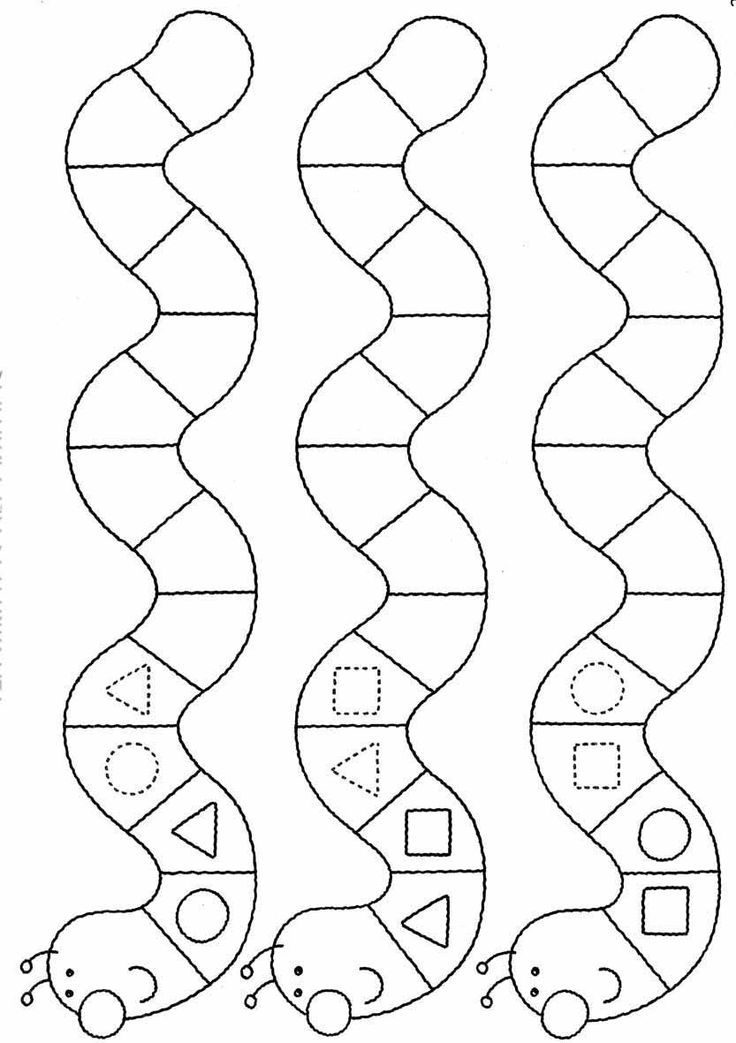 Reverence was brought up both by methods of persuasion, an example of personal behavior based on traditions, and with the use of corporal punishment and prohibitions of various kinds. Often the individual desires of the child faded into the background, giving way to the interests of the elders in the family. However, peasant paintings, as a rule, do not reflect the difficulties of growing up a child in a peasant family. In the plots of feasts and family tea parties, the image of children is part of the image of a large strong family living in abundance.
Reverence was brought up both by methods of persuasion, an example of personal behavior based on traditions, and with the use of corporal punishment and prohibitions of various kinds. Often the individual desires of the child faded into the background, giving way to the interests of the elders in the family. However, peasant paintings, as a rule, do not reflect the difficulties of growing up a child in a peasant family. In the plots of feasts and family tea parties, the image of children is part of the image of a large strong family living in abundance.
In the first half of the 19th century, the lower part of the blade of the Permogorsk spinning wheels was usually occupied by a feast scene. Young spouses receive guests in their house. The hostess, who is sitting with the baby in her arms, is wearing a woman's headdress. The owner of the house takes out a damask to the guests, decorously sitting at the table with a samovar.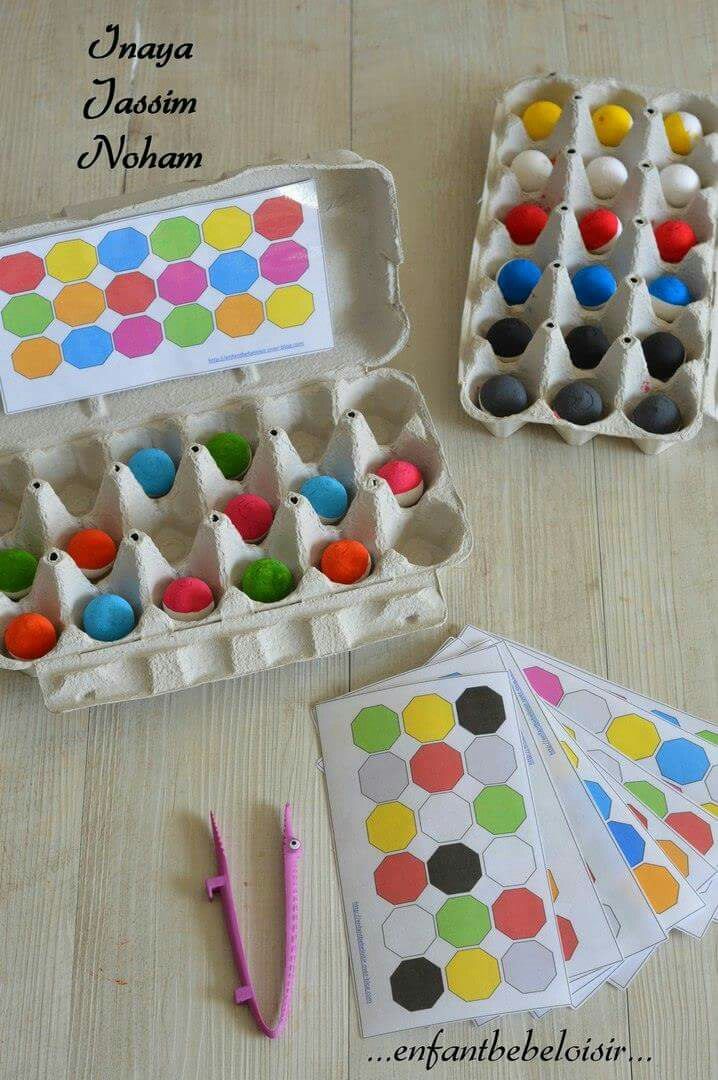 In the final scene of the cycle of painting the spinning wheel, the artist showed well-being, prosperity and family harmony. It sounds like a good wish to a young girl who was given a spinning wheel as a gift.
In the final scene of the cycle of painting the spinning wheel, the artist showed well-being, prosperity and family harmony. It sounds like a good wish to a young girl who was given a spinning wheel as a gift.
On a breadbasket, an oval bast box where loaves of bread were kept, the artist depicted a family dinner. There is a common bowl on the table, and three people are sitting around: a bearded man - the head of the family, a young woman and a boy.
It's time... Education through labor
From an early age, children were involved in work - doing household chores and helping the elders. For example, from the age of 6–7, peasant children grazed cattle, cleaned up after animals, and looked after their younger brothers and sisters. Looking at the paintings of peasant household items, you can learn about other activities of children.
In the forest for berries.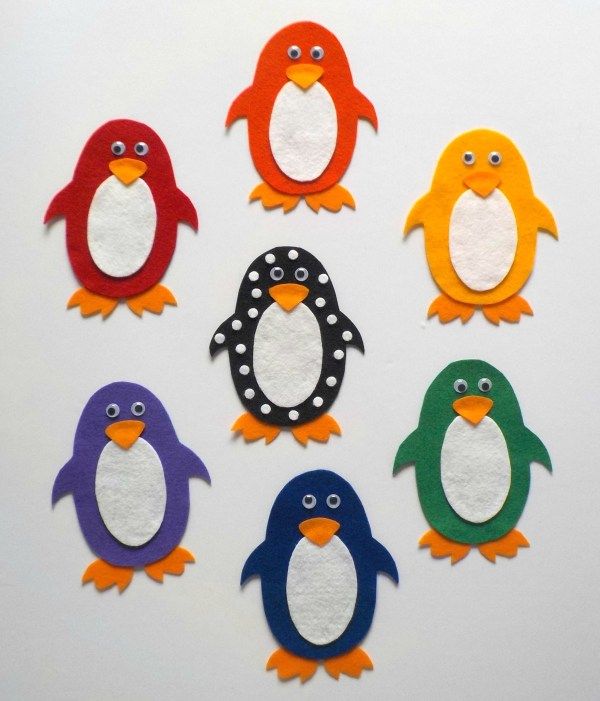 Painting of a beetroot. First half of the 19th century. Permogorye. Art painting on wood
Painting of a beetroot. First half of the 19th century. Permogorye. Art painting on wood On the walls of a tiny beetroot there are two figures following one after another: in front is a woman with a box, behind a boy leads a dog on a leash. Apparently, both, mother and son, went to the forest to pick berries.
Into the forest for mushrooms. Detail of a bakery painting. Mid 19th century. Permogorye. Art painting on wood On the walls of the bast bread box, a boy with a dog follows his father into the forest; the man has a box in his hand, and behind his shoulders is a large box woven from bast - motley. Judging by the size of the baskets, this time they are picking mushrooms.
The artist very well conveyed the efficiency of both: the viewer feels how fast the man is walking and how the boy is barely keeping up with him, trying to keep up. In these tiny images, the master skillfully even shows the age of the heroes: the young man is beardless, the man always has a small curly beard, and the old man has a long and gray beard. The boy is always dressed in the same way as an adult, differs from him in height.
The boy is always dressed in the same way as an adult, differs from him in height.
Entire families of peasants were engaged in the manufacture of spinning wheels, including women and children. One of the craftsmen, who apparently knew the whole process of dressing well, showed it on a board-picture and provided each of the drawings with signatures. The board is rectangular in shape, elongated horizontally, so the author arranged the drawings horizontally from left to right. We see many people of different ages at work: one with a bushy beard and mustache, others beardless youths, there is also a woman with a child. Apparently, this is one family: a man with a beard is its head, a woman is his wife, two young guys and a child are sons. The scene is depicted against the background of a house that accurately reflects the originality of the village buildings of this area. In the upper left corner, tall goats are visible, a log is lying on them, and two young guys - one from above, the other from below - are sawing it into longitudinal gorges. The inscription near the workers reads: "Aspen was cut for dentsov." So, these items were made of aspen wood. Below is shown how the cleats are sawn into segments corresponding to the length of the future seat. This operation is called "cutting the tesu". The head of the family himself performed the “cutting of the dentsov”. This was followed by "blanking" and "chiselling" of the head - the stand for the comb. These works were done by the eldest sons, and the “chips of tesu” - smoothing surfaces with a jointer - father and son. The wife and the youngest son are involved in the sticker of the heads, as the easiest operation.
In the upper left corner, tall goats are visible, a log is lying on them, and two young guys - one from above, the other from below - are sawing it into longitudinal gorges. The inscription near the workers reads: "Aspen was cut for dentsov." So, these items were made of aspen wood. Below is shown how the cleats are sawn into segments corresponding to the length of the future seat. This operation is called "cutting the tesu". The head of the family himself performed the “cutting of the dentsov”. This was followed by "blanking" and "chiselling" of the head - the stand for the comb. These works were done by the eldest sons, and the “chips of tesu” - smoothing surfaces with a jointer - father and son. The wife and the youngest son are involved in the sticker of the heads, as the easiest operation.
The painting is done on a golden background, people's clothes are painted in bright blue, red or green colors, and the edges of the painting are bordered by a wide strip of wavy shoots of curly grass.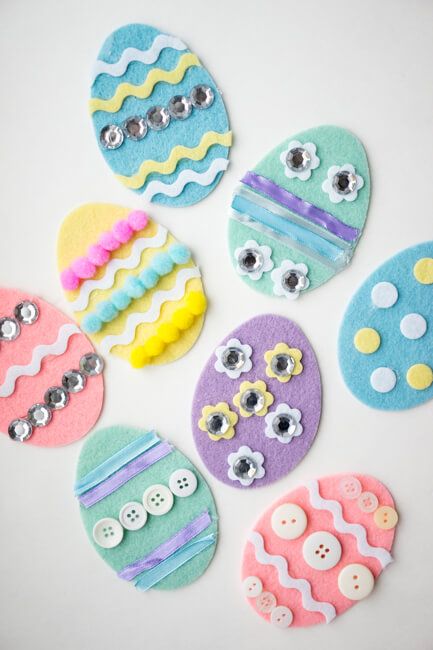 The whole painting looks like a picturesque panel that can be hung on the wall.
The whole painting looks like a picturesque panel that can be hung on the wall.
… fun hour. Toys introduced children to the world around them
Adults made toys for children to enjoy. However, the purpose of the toy for fun and entertainment did not deprive it of educational value. Toys helped the child to learn about the objects and phenomena of the surrounding world, helped to learn to distinguish colors and shapes, introduced him to plants, animals, household items, tools.
Troika toy. 1930s. City of Gorodets. Wood carving, wood painting Gorodets toys - light, prefabricated. They were often made from waste chips and thin chocks. The author of the unique "red troika" depicted strong horses rushing out of the harness. Giving characteristic curves to powerful necks, the master creates the impression of impatient movement. Wide green, black and white stripes indicate the harness, strokes of white - the mane, the pattern on the carriage; radiant stars on the necks complement the painting, make it correspond to the “sunny” coloring of the horses.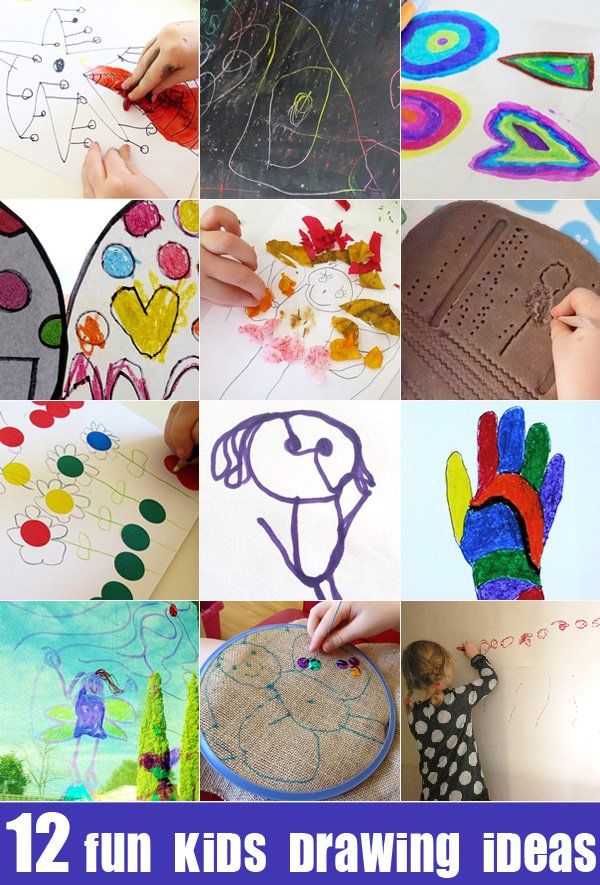
Bold carving, which defined the angular silhouette of this pair of horses, is emphasized by the intense color of the painting, built on a combination of black and red, enlivened by yellow and white juicy strokes. The nature of the painting makes these toys related to folk Gorodets painting. Researchers believe that such teams with horses painted black or purple were a kind of reflection of the "official" mail.
The bottom of the spinning wheel. A toy. 19th century. Artistic bone carvingRectangular miniature bottom of the spinning wheel is made using bone carving technique and decorated with two ornamental rosettes with serrated edges.
Nurse toy. 19th century. The city of Sergiev Posad. Artistic wood carving, wood painting Figures of wet nurses made by masters of Sergiev Posad. The stiffness of the pose is perceived as a sign of the special significance of the nurse, and the slight tilt of the entire toy towards the viewer is perceived as a stately bow. The artistic principles of this group of toys reveal their kinship with dolls-women.
The artistic principles of this group of toys reveal their kinship with dolls-women.
"Bolt" - a wooden mold for making papier-mâché toys. Bolvashka "nurse with baby" - created in the workshop of Gavriil Salov in Sergiev Posad. The image of a peasant breadwinner in folk art has always been endowed with special nobility. The master revealed all the plastic possibilities of wood. The planes gently passing into each other create a calm and balanced silhouette. Bolvashka is a unique example of a Moscow region toy of the first half of the 19th century.
Toy "Boy under the tree". 19th century. The city of Sergiev Posad. Artistic wood carving, wood paintingToy "Boy under the tree" made by Bogorodsk craftsman I. K. Stulov. The figurine was carved in the middle of the 19th century.
Toy "Nurse", "Lady under an umbrella". 1880s.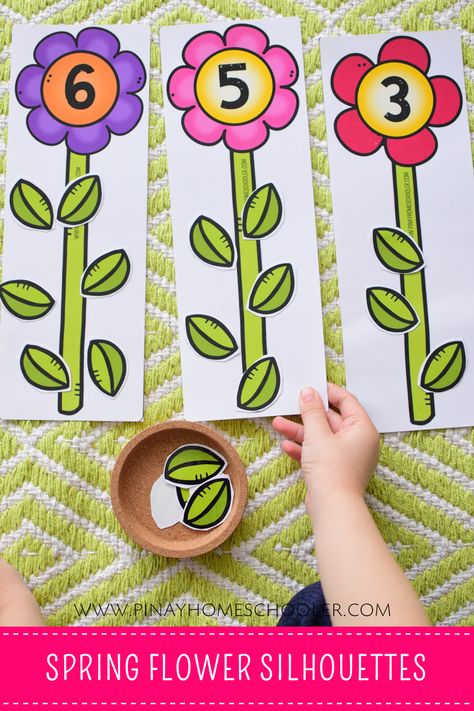 Big Potters near Tula. Modeling
Big Potters near Tula. Modeling Toys depicting townswomen in fashionable clothes, nurses with children in their arms, monks, created in the 1880s. in the Bolshie Gonchary settlement near Tula. The craftsmen reproduced their contemporary costumes, while maintaining the conventions of a toy image.
Toy "Nanny with children". A. A. Mezrina. Late 19th - early 20th century. City of Vyatka,Dymkovskaya Sloboda. Modeling
The toy "Nanny with children" was made by the famous toy maker A. A. Mezrina.
Education not available to everyone
Although folk paintings depict subjects of apprenticeship and literacy, in the 19th century education was not accessible to everyone. For example, the children of serf peasants could study only in parochial schools, and could not enter secondary and higher educational institutions. After the abolition of serfdom, three-year rural schools and peasant literacy schools became widespread. The peasants themselves perceived the learning process as the transfer of knowledge necessary to solve everyday problems.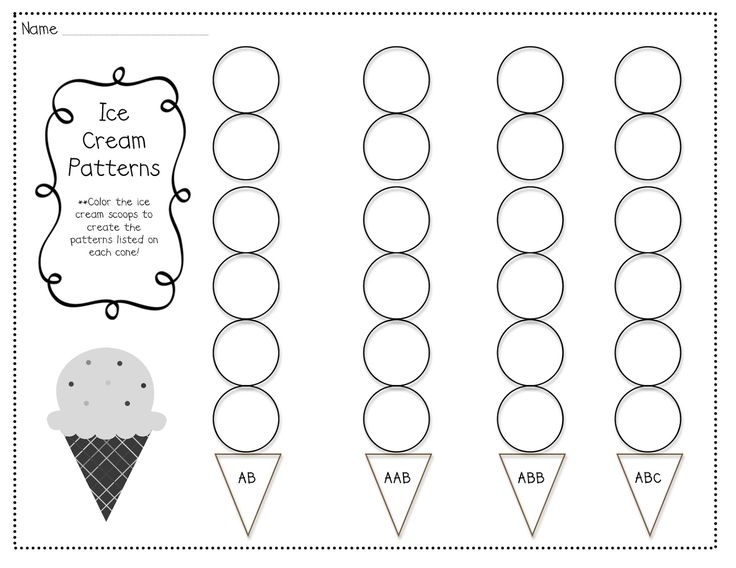
Gingerbread board of oblong shape is covered with small, fractional, rhythmic pattern. On the board, 48 oblong divisions are inscribed with in-depth carvings, each of which has three letters cut out: “VYAZ”, which meant “Vyazma” - the place where the famous Vyazma gingerbread was produced. When the gingerbread was baked, it was cut into 48 gingerbread. The only decoration of each gingerbread was only three letters. Gingerbreads with inscriptions were very much appreciated by the people, they were considered decoration. There are samples of gingerbread boards when the inscription is not readable, since the master used it only as a pattern. Even one letter was considered a decoration for small gingerbread. Such gingerbread was printed with boards, where all the letters of the alphabet were cut out. Children were often introduced to letters in this way for the first time.
Literacy. Detail of a burachuk painting.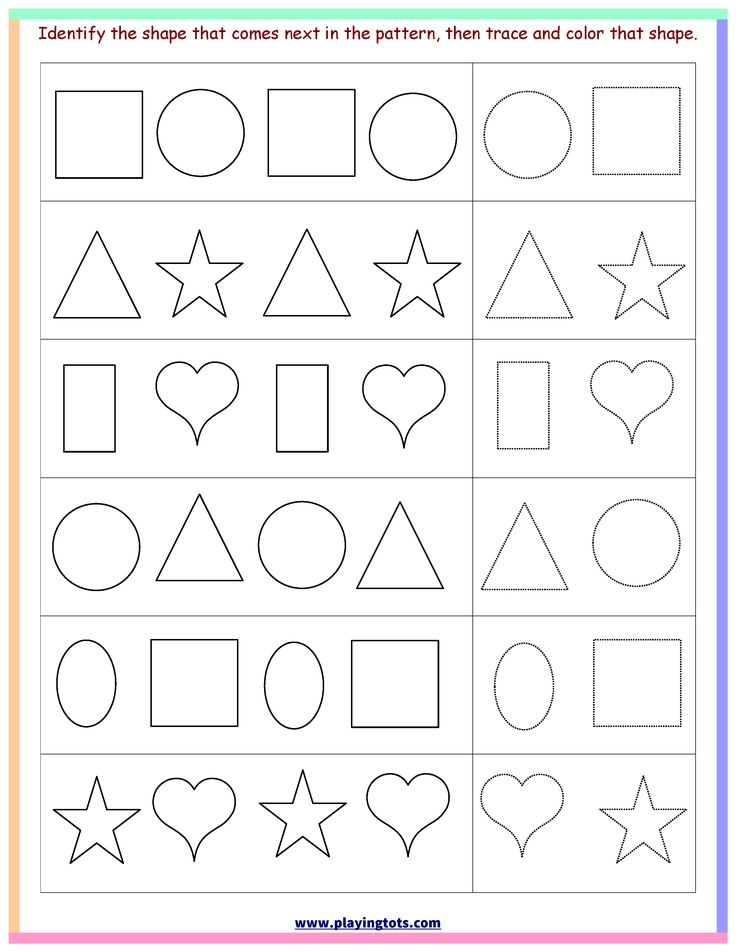 1830s. Permogorye. Art painting on wood
1830s. Permogorye. Art painting on wood Two people are sitting on the sides of a small table: a gray-bearded man and a beardless boy, both in long-brimmed ancient clothes. The man has an open book in his hands, a notebook on the table in front of the boy, and a quill pen in his hand. It probably depicts learning to read and write. The author of the painting, apparently, himself wanted the content of the drawing to be clear, so the book is wide open and the viewer can make out the letters and two words: "Blessed is the husband ...".
For homework. Detail of a beetroot painting. 1830s. Permogorye. Art painting on wood A boy learning to read and write can also be seen on another version of the painting. Apparently doing his homework, he sits and diligently draws the same words with a goose pen: "Blessed is the husband ...". It didn’t fit further, but the beginning of the phrase tells us: this is a psalter, a church book, according to which village children were previously taught to read and write.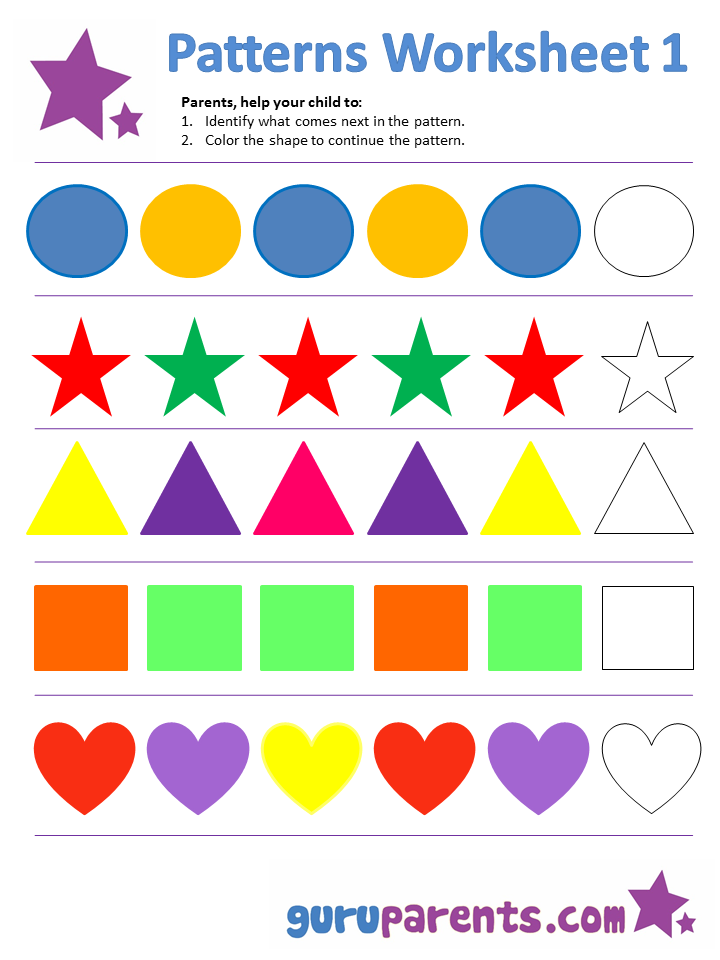
Lace for fidgets
Children's dress. 1902 year. Petersburg province. Coupling lace made of cotton threadsIdeas about childhood and the activities available to children have changed over time, but children have remained the same - restless, active, inquisitive. This lace dress was made by students of the School of Lacemakers in the village of Rozhdestveno, Tsarskoye Selo district. The elegant dress was sent to the exhibition. It can be assumed that adults liked such a cute dress, but it is difficult to imagine a small child in it. The snow-white, thin lace of the dress is not the most practical material for clothes for babies.
Sources:
- “Russian folk carving and painting on wood: from the collection of the Zagorsk State Historical and Art Museum-Reserve”, O. Kruglova, 1983
- “Russian folk painting”, S.K. Zhegalova, 1984
- “Russian folk art in the collection of the State Russian Museum”, I. Ya. Boguslavskaya, 1984
- Catalog of the collection “Northern Russian carved bone of the 17th-19th centuries”, I.
